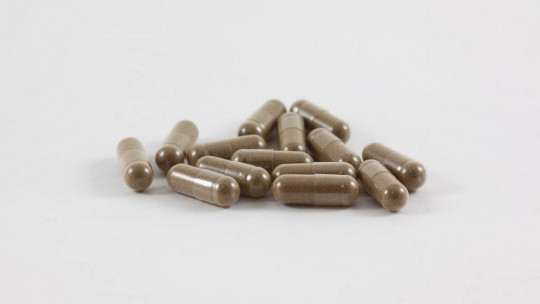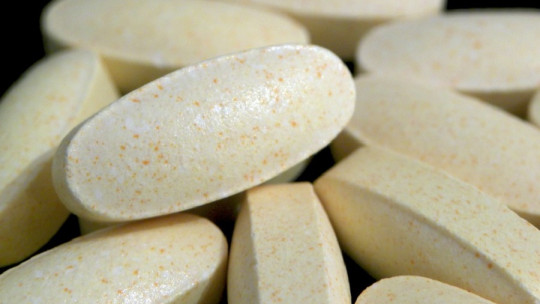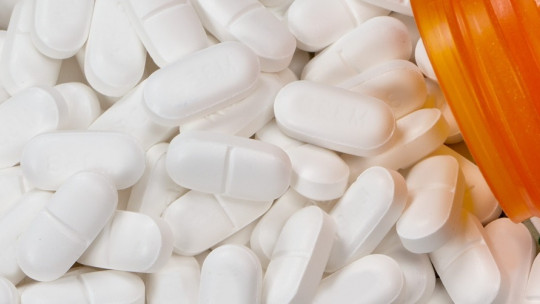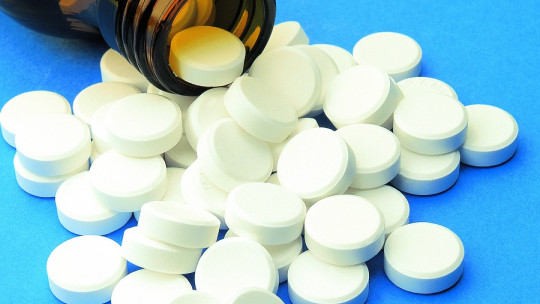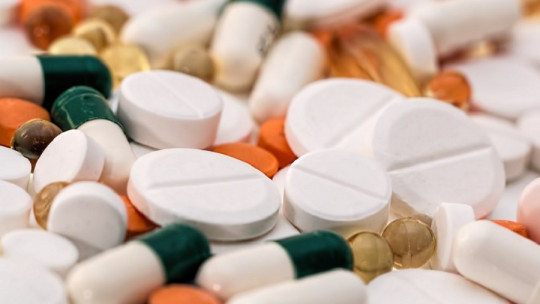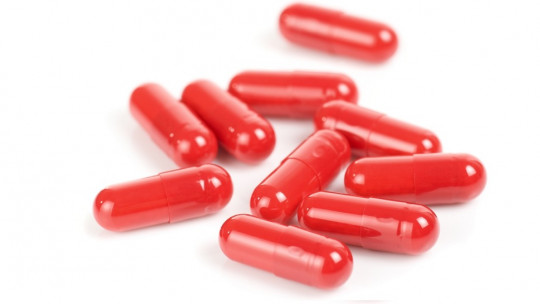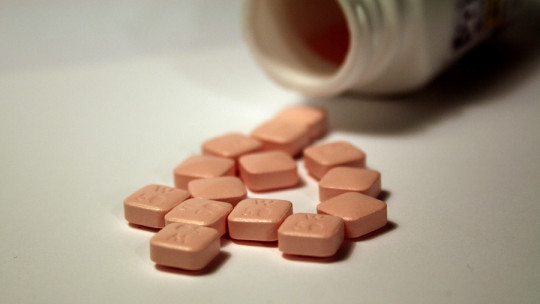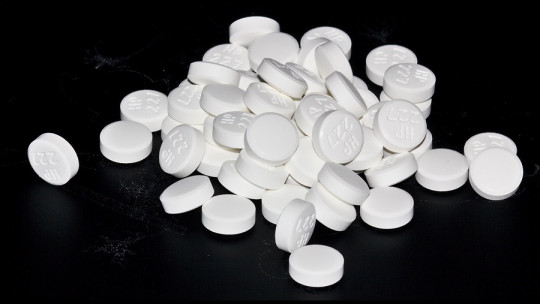
Moods of marked sadness most of the time, inability to enjoy, hopelessness, lack of energy, sleeping problems and even suicidal ideations are some of the typical symptoms of depression or conditions in which depressive symptoms exist.
It is one of the most frequent mental disorders, which generates a high level of suffering and can be highly disabling.
But fortunately there are various treatments that allow us to fight against these symptoms, such as the use of antidepressant drugs. And although the goal of most of them is the same, combating depressive symptoms, they can differ greatly in the way they seek to achieve it. An example of this with an unusual mechanism of action is opipramol which we are going to talk about throughout this article.
What is opipramol?
Opipramol is an antidepressant and anxiolytic type psychotropic drug which by altering brain chemistry and specifically the systems of certain neurotransmitters combat the typical symptoms of depressive episodes and anxiety.
Within this large group of drugs, opipramol is a structural member of the group of tetracyclic antidepressants (in fact, at a structural level it is very similar to imipramine), although its functioning is very different in the body.
This drug, developed in 1961 by Schindler and Blattner, is not yet approved or marketed in the United States but has been approved and is used in part of Europe. It is mainly marketed in Germany and Poland.
It has a biphasic effect, first causing an increase in levels of tension and anxiety and subsequently generating an elevation of mood and over time a reduction in the level of anxiety and tension
It is absorbed at the gastrointestinal level and has a half-life of between 6 and 11 hours, being metabolized by the liver and eliminated through the kidneys. It is possible to find a presentation in the form of tablets for oral administration.
Mechanism of action
Opipramol is an unusual psychotropic drug among antidepressants, since unlike most of them It does not base its operation on blocking the reuptake of monoamines such as serotonin (something that would cause serotonin levels to increase in the brain as it is not recaptured by the presynaptic neuron and remains in the synaptic space).
Instead, opipramol acts as an agonist of sigma receptors (that is, it acts by causing the activation of receptors), which are theoretically linked to the promotion of the release of calcium ions and the inhibition of potassium ions.
The drug has a particularly relevant effect on sigma 1 receptors, an activity that is mainly responsible for the antidepressant effects of opipramol by modifying it. Although with lower affinity, it also has an effect on sigma 2 receptors, which are more associated with its anxiolytic effects.
In addition, opipramol has an important antagonistic action with the histaminergic system, so its anti-histaminergic action can have sedative effects and generate some side effects It also has a slight affinity with dopamine, serotonin and even more slightly with acetylcholine.
Main therapeutic indications
Opipramol is considered an antidepressant drug and an atypical anxiolytic. Although it is usually considered an antidepressant due to its structure, in reality Its main indication is for anxiety disorders and especially in the case of generalized anxiety disorder.
Another common indication for this drug, and it is one of the few anxiolytics approved for it, is found in treatment of somatoform disorders However, it is also used in the treatment of major depression and other depressive syndromes (especially neurotic depression).
Although it is not part of its approved indications, its usefulness has also been investigated in the treatment of various types of dementia, psychosomatic problems or schizophrenia.
Side effects
The consumption of opipramol, as occurs with the rest of psychotropic drugs, can cause undesirable and/or annoying adverse and side effects (although some studies seem to indicate that in a lower proportion than some SSRIs).
Among them, a high level of sedation, fatigue and drowsiness stands out, especially in the first weeks of consumption, along with dry mouth, hypotension, dizziness, tremors, or hives. It can also cause stupor, weight gain, sexual symptoms such as erectile dysfunction or abnormal ejaculations or palpitations and tachycardia.
Although less frequently it is possible to generate headaches, paresthesias, urination problems, taste alterations, edema, coronary problems and even in some cases psychiatric symptoms such as the emergence of manic episodes and hallucinations.
Liver damage, alopecia, seizures or polyneuropathy have also been seen. If an overdose occurs, it can cause insomnia, coma, seizures, respiratory depression and even cardiac arrest, among others.
Contraindications
The possible side effects of this drug and the way it affects the body can mean that for some people its consumption may be dangerous or contraindicated. In this sense, the contraindication for all those who are allergic to this drug or its components stands out first.
Another important contraindication occurs in those people with heart, kidney or liver problems People with epilepsy, brain damage or cerebrovascular insufficiency should also exercise great caution and not use it. Patients with glaucoma, urinary problems such as urinary retention, paralytic ileus (paralysis of the intestinal muscles) or prostate hyperplasia should also avoid it.
Patients with bipolar disorder should exercise great caution, because there have been cases in which the consumption of the drug has been associated with the emergence of manic episodes. Pregnant and nursing mothers should also avoid its consumption, since it is possible that it can be transmitted to the fetus or baby through breast milk.
It is important avoid consumption with alcohol MAOI antidepressants or other depressant substances.

